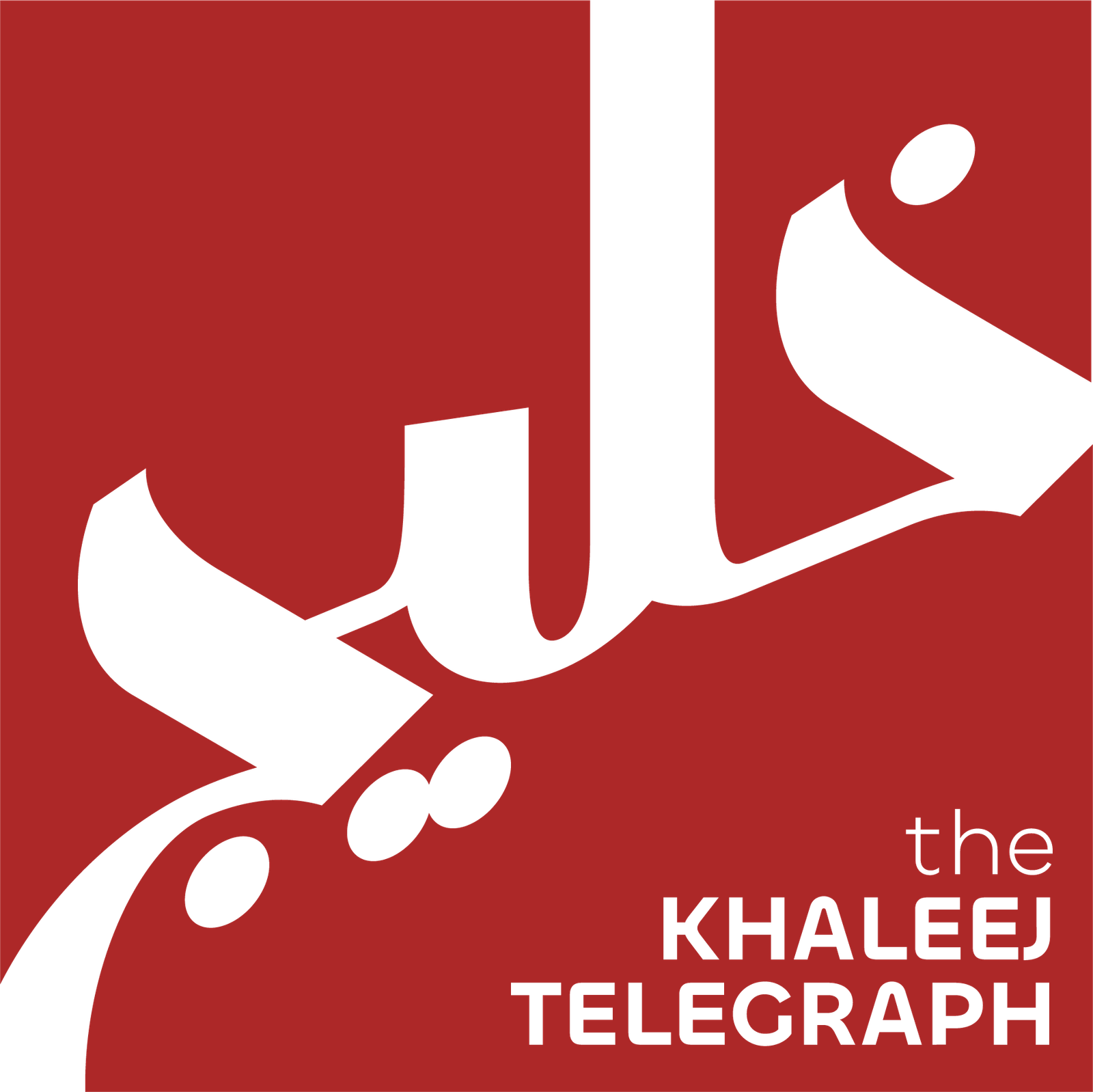Saudi Crown Prince Mohammed bin Salman has officially launched the Saudi Architecture Characters Map, a visionary initiative showcasing 19 distinct architectural styles that reflect the Kingdom’s diverse geographical and cultural heritage.
The newly introduced framework underscores Saudi Arabia’s commitment to celebrating its architectural legacy while modernizing urban landscapes as part of the broader Vision 2030 strategy. The project aims to enhance quality of life, foster economic growth, and establish the Kingdom as a global model for architectural innovation.
Blending Tradition with Modernity
The Crown Prince emphasized that Saudi Architecture is designed to harmonize the past with the present, ensuring that urban planning remains deeply rooted in local culture while embracing contemporary design principles.
“Saudi Architecture blends our rich heritage with modern design thinking. We are enhancing urban landscapes and improving quality of life while creating an architectural framework that balances tradition with progress. This model will serve as a global source of inspiration for innovation in architectural design,” he stated.
Sustainability is a key focus of the initiative, with a strong emphasis on urban planning that integrates traditional elements with environmentally friendly construction methods. The architectural framework provides developers with guidelines to use modern materials without imposing additional financial burdens, encouraging innovation while preserving authenticity.
Economic Growth and Job Creation
Beyond aesthetics and heritage preservation, Saudi Architecture is expected to contribute significantly to the national economy. By 2030, the initiative is projected to generate over SR8 billion ($2.13 billion) in cumulative gross domestic product and create more than 34,000 direct and indirect job opportunities in sectors such as engineering, construction, and urban development.
The initiative also aims to make Saudi cities more attractive to visitors and investors, stimulating growth in tourism, hospitality, and real estate. As the Kingdom continues to evolve as a global hub, architectural identity will play a pivotal role in shaping modern urban environments that celebrate local heritage.
Phased Implementation Across Key Cities
The Saudi Architecture Characters Map will be implemented in stages, beginning with four key regions: Al-Ahsa, Taif, Makkah, and Abha. The first phase will focus on major projects, government buildings, and commercial structures, ensuring that new developments align with the Kingdom’s architectural vision.
Derived from extensive urban and historical studies, the 19 architectural styles represent a range of geographical and cultural influences across Saudi Arabia. These styles include Central Najdi, Northern Najdi, Tabuk Coast, Madinah Rural, Inner Madinah, Hejazi Coast, Taif Highlands, Sarawat Mountains, Aseer Escarpment, Tuhama Foothills, Tuhama Coast, Farasan Islands, Abha Highlands, Bisha Desert, Najran, Al-Ahsa Oasis, Al-Qatif Oasis, East Coast, and Eastern Najdi.
Collaboration for Sustainable Development
The success of the initiative relies on strong collaboration between government agencies, engineering firms, and real estate developers. Architectural design studios will play a crucial role in supporting engineers and designers through engineering guidelines, training workshops, and skill development programs to maintain high sustainability and quality standards.
As Saudi Arabia moves forward with this ambitious architectural transformation, the Kingdom is poised to become a leader in blending heritage with innovation, setting a precedent for urban development that respects cultural identity while embracing progress.


